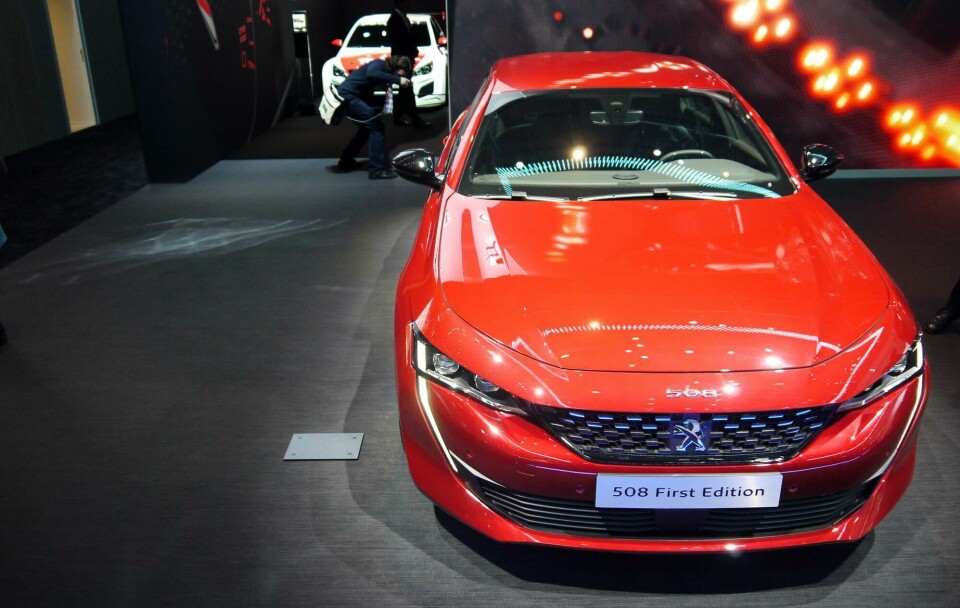
Geneva 2018: Peugeot’s Pierre-Paul Mattei on the new 508
The new French sedan’s design explained in detail by Peugeot’s Pierre-Paul Mattei
Peugeot launched its new D-segment contender, the 508, at the Geneva show. We quizzed project design director Pierre-Paul Mattei about the development of the car.
CDN: What do you think are the standout features of the new 508?
Pierre-Paul Mattei: I could start with the proportions, but a designer talking about proportions is not very original. But every designer should start there because it’s the foundation of the design. For the 508 we started with the conviction that to stand out in this market we had to break the code and make something different.

To make gorgeous proportions is easy – we know how to do it, we do it every time we make a concept car – but in the D segment, the customer also has very precise expectations. So the challenge was to combine those expectations in terms of accessibility, room, visibility, with good proportions. And then we had to work together for a long time with our engineers to be sure that we could achieve the right proportions and meet the expectations of the client.
It took a long time. We worked in two phases; about a year and a half just on the proportions, without designing.
CDN: Did you need to create a new platform to achieve the proportions you wanted?
The platform is not new, it’s EMP2, which we started with the 308 and 3008. It’s an adaptable platform but for the 508 we had to check how far we could go, because the goal at the start was to make this car different.
We wanted this car to be low and compact, because the client sometimes has to use this car in the city – if it’s too big, too large, it doesn’t work there.

CDN: Why did you decide to fit frameless glazing in the doors? Are you trying to create a four-door coupé feel?
Frameless glass is actually the only technology that allows us to make the car low while keeping good accessibility. If we’d used classical frames for the doors, for the same accessibility the car would be 3cm higher. So the glass changes everything. As soon as the car is low, then we can make the car feel very large, very powerful, without actually being too large.
But that isn’t the big design trick on this car. We had to be very efficient, in terms of CO2, so we worked a lot on the aerodynamics. For good aero we needed the car to be wider at the front than at the rear, but when you look at the rear of the car, it’s stance, you don’t imagine that it’s actually narrower at the rear than at the front.
We did that with an extreme acceleration of the cabin, starting from the second row. We have kept the interior space, but brought the glasshouse in a lot to make these huge fenders, and it gives the sense of the car.

CDN: You can see a lot of shape in the cross section, when you open the rear door. Was that difficult to achieve?
The problem was the stamping of the rear bodyside. Most of the time you’d only use this amplitude of pressing for a sports car, or a premium car, not for a volume model. So we had to change all the processes of stamping. And when you change how you stamp the body you have to change the crash protocol. So in fact we started from a clean sheet to make this car, because we didn’t have the knowledge at the start to make it. So that’s why the engineers helped us a lot, because at the start it definitely wasn’t possible for us.
Another very important part is the top of the C pillar, because we want to keep the roof low and the silhouette dynamic, but you still have to include all the mechanism for the opening of the tailgate – because it’s a liftback – while keeping interior space. We had to compact all the structures in this area. The engineers worked for more than a year to find the solutions to make it very compact in this area.
We’ll be revisiting this at greater length after the Geneva show mayhem is over – keep your eye on our website for more in-depth details.




